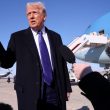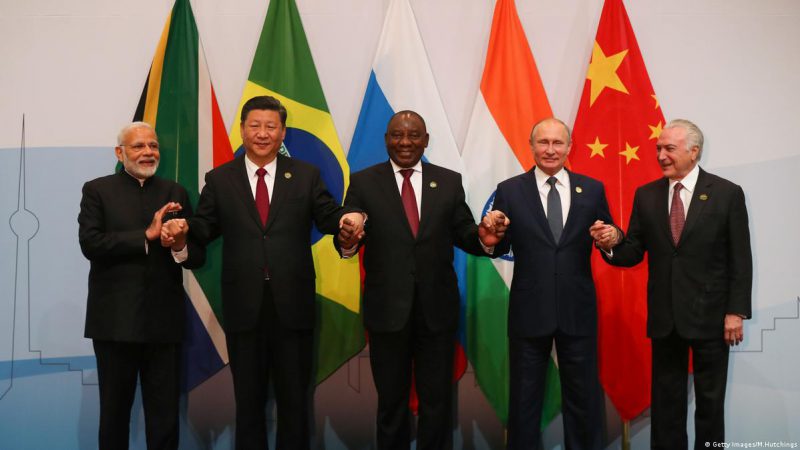The investiture of the New Development Bank [NBD], a project of Brazil, Russia, India, China, and South Africa, collectively called BRICS, was inaugurated with Luiz Inacio Lula da Silva, the president of Brazil, in attendance. Lula reportedly attended the event in support of the new head of the bank Dilma Rousseff, former Brazilian President. The President underlined the value of the bank during the event that took place in China.
Lula highlighted in the speech how the BRICS bank might become the “great bank of the Global South.” He made this statement in light of the fact that emerging countries have significant budgetary demands. Sadly, the absence of reforms restricts credit from the existing banks. Further elaborating on the prospects of the bank, he added,
“[NBD] frees emerging countries from submission to traditional financial institutions, which want to govern us.”
The NBD was established in 2014 when Rousseff was president of Brazil. It entailed a capital of $100 billion. The primary objective of the bank is to finance the infrastructure projects of its five BRICS members. However, aid nations like Uruguay, Bangladesh, Egypt, and the United Arab Emirates, were allowed as partners in 2021.
On March 24, Rousseff was officially named the NBD’s next president. She is succeeding Marcos Prado Troyjo, a diplomat from Brazil, who assumed office in 2020 with a term that would end in 2025.
Limiting Dollar Presence Still BRICS’ Top Priority
Over the last couple of days, BRICS has been striving to become economically more powerful while trying to eliminate dollar dependency. During his latest speech in Shanghai, Lula stuck to this narrative and noted how the bank would aid in lowering the dependency of developing countries on the dollar. Instead, NBD would facilitate finance trade in local currencies. Lula further said,
“We need a currency that gives countries more calm because today a country needs to run after the dollar to be able to export when it could export in its own currency.”





